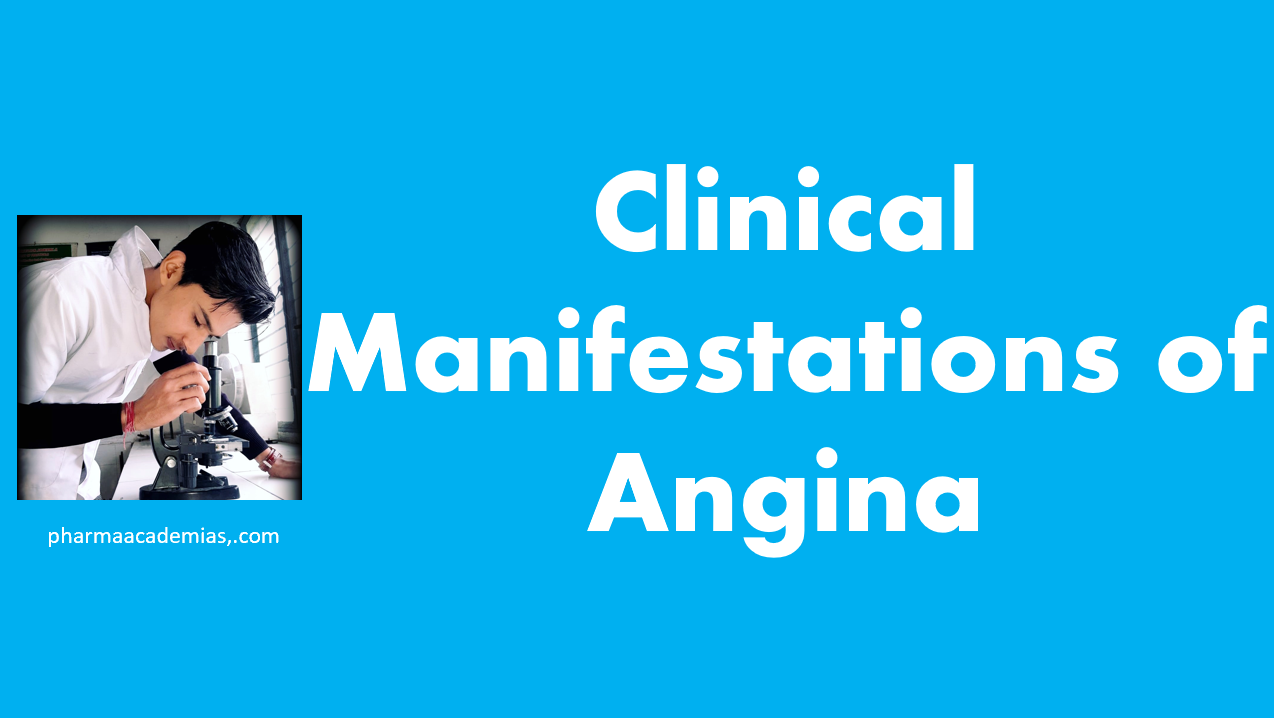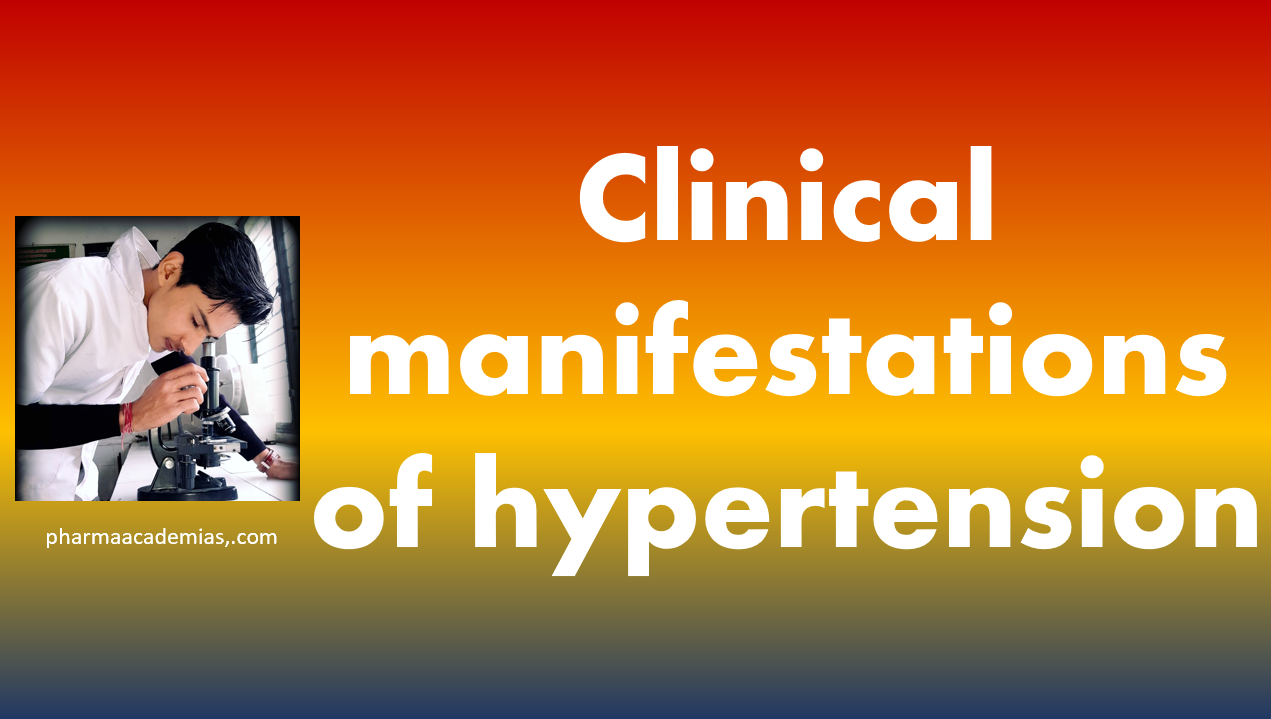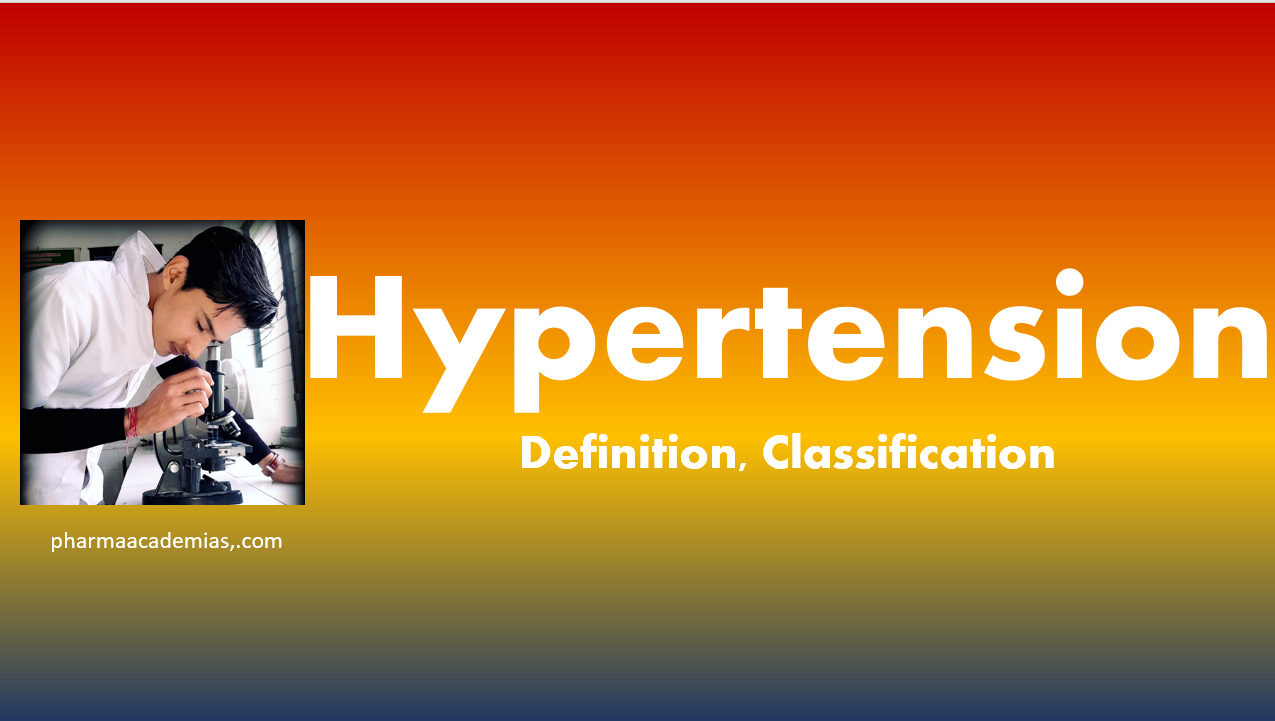Non-Pharmacological Management 1. Lifestyle Modifications: Patients are advised to make lifestyle changes to reduce the risk of future cardiovascular events. This includes adopting a heart-healthy diet, exercising regularly, maintaining a healthy weight, and quitting smoking. 2. Cardiac Rehabilitation: Participation in cardiac rehabilitation programs is recommended. These programs involve supervised exercise, …
Clinical Manifestations of Myocardial Infarction (MI)
Myocardial infarction (MI), commonly known as a heart attack, presents with distinctive clinical manifestations that indicate ischemic damage to the heart muscle. The symptoms can vary among individuals, but there are common signs associated with this serious medical condition: 1. Chest Pain or Discomfort The hallmark symptom of MI is …
Myocardial Infarction (Heart Attack) – Definition, Etiopathogenesis
Myocardial infarction, commonly known as a heart attack, is a serious medical condition characterized by the sudden and prolonged interruption of blood supply to a part of the heart muscle. This interruption, often caused by the blockage of a coronary artery, results in the death of heart muscle cells due …
Non-pharmacological and pharmacological management of the Angina
Non-Pharmacological Management of Angina 1. Lifestyle Modifications: Dietary Changes: Adopting a heart-healthy diet low in saturated fats, cholesterol, and sodium. Regular Exercise: Engaging in regular physical activity to improve cardiovascular health. Exercise should be tailored to individual capabilities and guided by a healthcare professional. 2. Smoking Cessation: Quitting smoking is …
Clinical Manifestations of Angina
Characterized by specific clinical manifestations, primarily involving chest discomfort or pain, angina is typically associated with insufficient blood supply to the heart muscle. The key clinical features of angina include: 1. Chest Discomfort The hallmark symptom of angina is chest discomfort, often described as a sensation of pressure, tightness, squeezing, …
Angina – Definition, Etiopathogenesis
Definition Angina is a medical condition characterized by chest pain or discomfort when the heart muscle does not receive adequate blood supply. This insufficient blood flow often results from narrowed or blocked coronary arteries, reducing the amount of oxygen-rich blood reaching the heart. Angina is typically associated with conditions such …
Clinical manifestations of hypertension
Hypertension, often called the “silent killer,” may not present noticeable symptoms in its early stages. However, prolonged elevated blood pressure can lead to various clinical manifestations and contribute to serious health complications. Here are common clinical manifestations associated with hypertension: 1. Headaches Persistent or severe headaches, especially in the morning, …
Hypertension – Definition, Classification
Hypertension, widely recognized as high blood pressure, persistently elevates blood pressure levels, characterized by the force exerted by the blood against artery walls as the heart pumps it throughout the body. Specific numerical thresholds define hypertension, signifying increased pressure that may contribute to various cardiovascular and other health complications. Blood …








